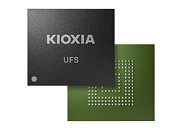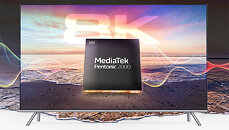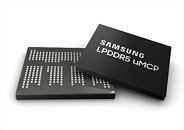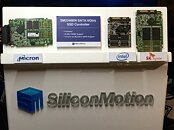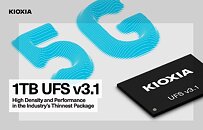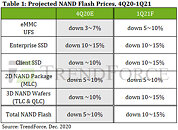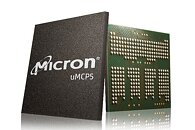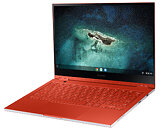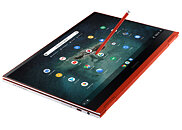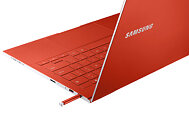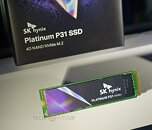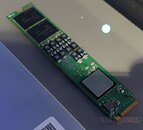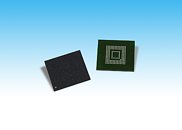
Kioxia Advances Development of UFS Ver. 3.1 Embedded Flash Memory Devices With Quad-level-cell (QLC)
Kioxia Corporation, a world leader in memory solutions, today announced the launch of Universal Flash Storage (UFS) Ver. 3.1 [1] embedded flash memory devices utilizing the company's innovative 4-bit per cell quad-level-cell (QLC) technology. For applications needing high density, such as cutting-edge smartphones, Kioxia's QLC technology enables the capability to achieve the highest densities available in a single package.
Kioxia's UFS proof of concept (PoC) device is a 512 gigabyte prototype that utilizes the company's 1 terabit (128 gigabyte) BiCS FLASH 3D flash memory with QLC technology, and is now sampling to OEM customers. The PoC device is designed to meet the increasing performance and density requirements of mobile applications driven by higher resolution images, 5G networks, 4K plus video and the like.
Kioxia's UFS proof of concept (PoC) device is a 512 gigabyte prototype that utilizes the company's 1 terabit (128 gigabyte) BiCS FLASH 3D flash memory with QLC technology, and is now sampling to OEM customers. The PoC device is designed to meet the increasing performance and density requirements of mobile applications driven by higher resolution images, 5G networks, 4K plus video and the like.
